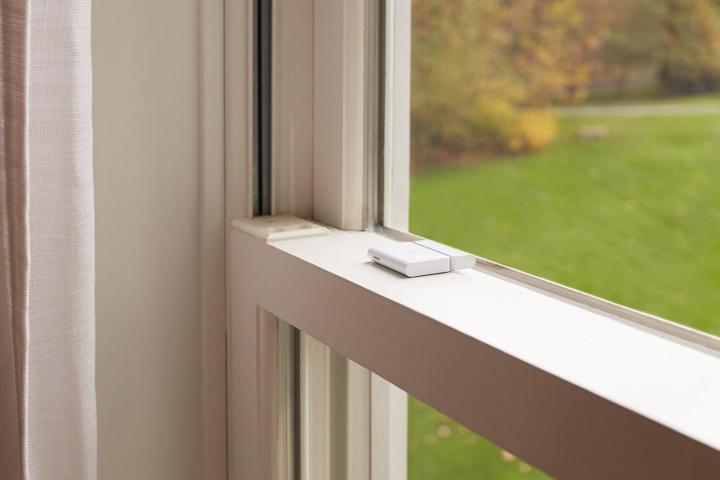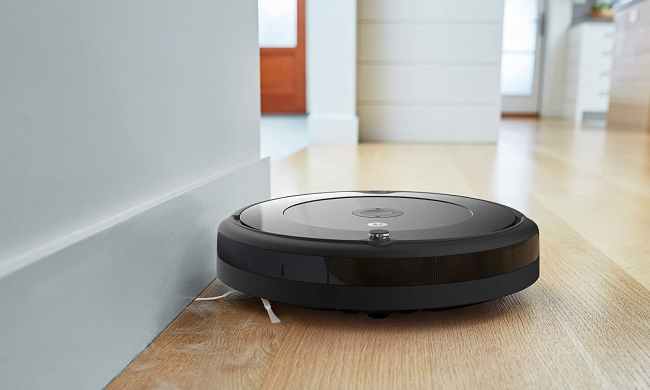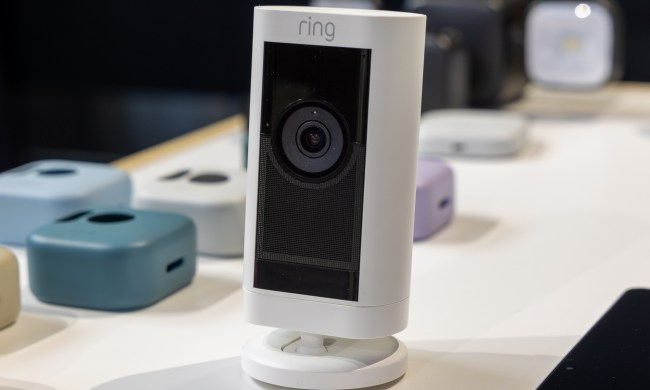Window sensors are a critical part of any home security system. When cameras fail, a window sensor becomes your last line of defense. Install them on all your windows, and you will know when an intruder attempts to access your house using one of your windows.
Some window sensors use loud chimes or siren-like alarms, while others send a notification to your phone. Regardless of how they alert you, most window sensors work the same way. Knowing how these window sensors work will help you install them properly, so they don’t fail you when you need them the most.
What is a window sensor?

A window sensor package is composed of two small units with adhesive backing or screws for mounting. One unit attaches to the window, and another unit affixes to the stationary window frame. The two sensor units typically are positioned close together in a location on the window where they cannot be seen or tampered with from the outside. Once the sensors are activated, an alarm will sound, and alerts will be sent out when the window is opened. It’s not an always-on form of security. Most window sensors have a switch that lets you turn them off, so you can open your windows without triggering the alarm.
Magnetism is key

Window sensor alarms may seem sophisticated, but they are surprisingly simple. At their core, window sensors rely on magnetism and a basic electronic switch. Remember how we said there were two units in a window sensor package? They each serve a different purpose. The window-based unit contains a small magnet that interacts with the reed switch and security system inside the window frame unit. The magnet is a trigger that controls the switch inside the window frame unit. It is this reed switch that turns on and also turns off the security system. This security system can be as simple as a loud audible alarm or as complex as a wireless module that alerts your smartphone.
What is a reed switch?

You may have never heard of a reed switch, but you likely use one every day. If you have a laptop that turns on when you open it and turns off when you close it, there likely is a reed switch and magnet somewhere in the casing. Kindles, iPads, and other tablets also use a reed switch that interacts with a magnetic cover to turn the display on and off. Reed switches are found in everything from dishwashers to weather anemometers. They were first invented in the 1930s by Walter B. Elwood of Bell Laboratories.
The reed switch is a relatively simple but very effective switch. It is composed of two or more flat ferrous reeds that are magnetized. These reeds are enclosed inside a glass capsule filled with an inert gas that helps to keep them free from external contaminants and corrosion. These reeds move closer to each other and eventually make contact in the presence of a magnet. They then break apart when the magnetic field is moved away. These reeds move slowly and smoothly, making contact along their flat surface. It’s this slow and secure contact that makes the reed switch so reliable and long-lasting.
How the reed switch works in a window sensor

The reed switch is the core component in a window alarm. When the window is closed, the magnet causes the reeds to move together until they touch. When the reeds are in contact with each other, they complete the electric circuit inside the window sensor, allowing electricity to flow in a continuous loop. When the windows open, the magnet moves away, and the reeds break apart. This opens the circuit, which halts the electrical current and triggers the security system inside the window sensor. The security system then sounds an alarm or sends out alerts.


